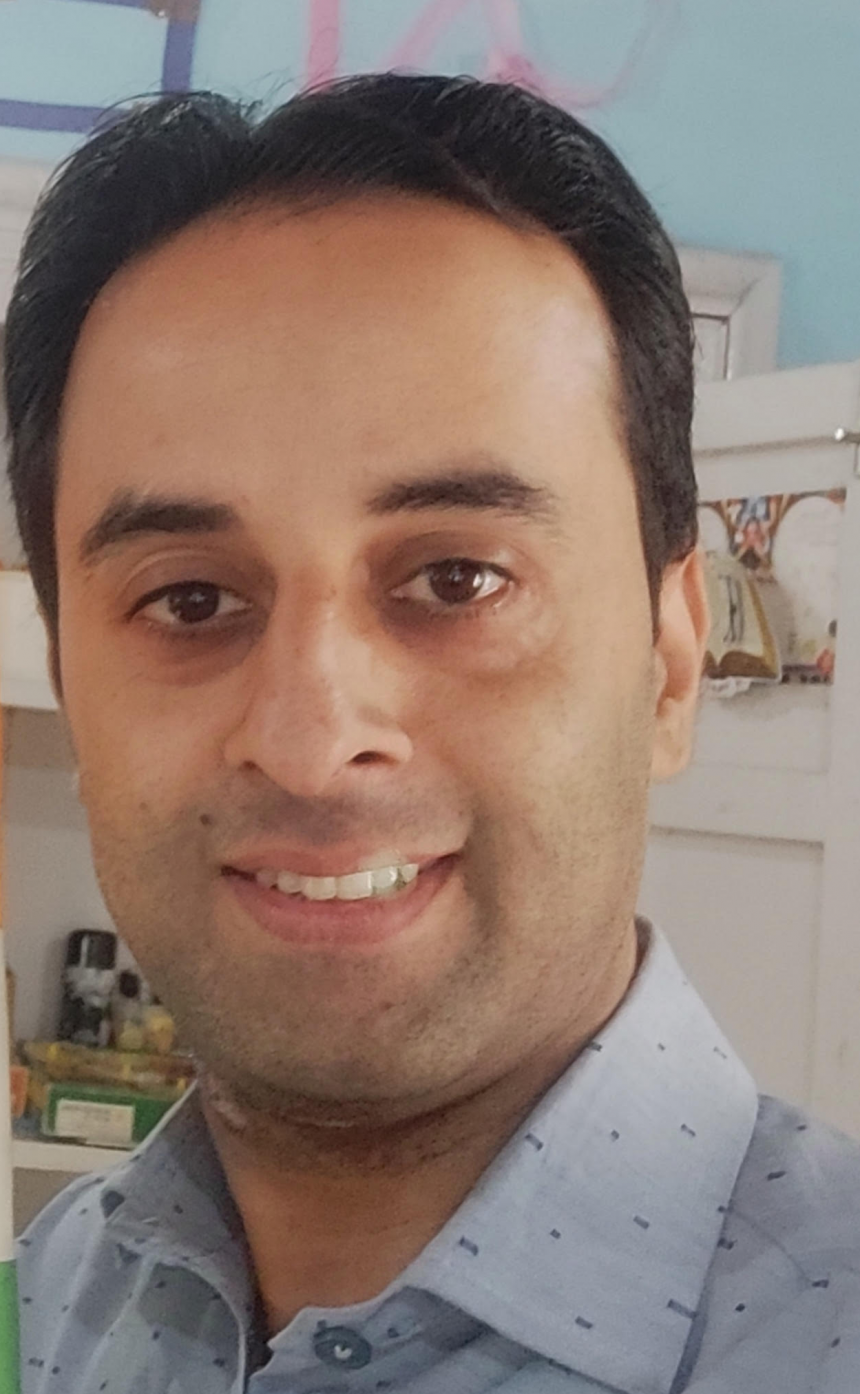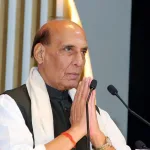In every corner of the world, childhood is meant to be a time of joy, play, innocence, growth, and dreams. However, for millions of children especially those from vulnerable and marginalized sections of society this crucial stage of life is often overshadowed by abuse, neglect, exploitation, poverty, and abandonment, particularly across India.
In a country as vast and diverse as India, ensuring the protection, rights, and well-being of every child remains a significant and persistent challenge. Recognizing the urgent need for a structured, compassionate, and coordinated approach, the Government of India launched Mission Vatsalya, a comprehensive, child-centric welfare initiative implemented across all States and Union Territories.
This mission is focused on restoring the essence of childhood by providing children with dignity, care, protection, emotional support, and a nurturing environment along with access to proper education and development opportunities. Its ultimate aim is to ensure that no child is left behind in their pursuit of a safe, healthy, and fulfilling life.
Mission Vatsalya is a centrally sponsored scheme initiated by the Ministry of Women and Child Development (MWCD), Government of India. It was initially proposed in 2006 and formally approved by the Central Government in 2009. The vision of Mission Vatsalya is to secure a healthy and happy childhood for every child in India and ensure opportunities that enable them to discover and realize their full potential.
The scheme forms a critical part of the government’s broader vision to build a child-friendly ecosystem where every child feels safe, valued, nurtured, and empowered to realize their full potential. Mission Vatsalya works firmly in the best interest of the child, aligning with the principles enshrined in the United Nations Convention on the Rights of the Child (UNCRC).
The word ‘Vatsalya’ comes from Sanskrit and symbolizes “parental love” or “tender affection”. True to its name, the mission aims to reach out to vulnerable, disadvantaged, and at-risk children, embracing them with the same warmth and protection that every child deserves.
The mission adopts a holistic approach, focusing not only on physical safety but also on emotional well-being, psychological health, education, developmental milestones, and the social reintegration of children in need. It places emphasis on family-based care, community participation, and institutional mechanisms to create a responsive and resilient child protection framework.
Although it is centrally funded, Mission Vatsalya is implemented at the grassroots level by the Department of Social Welfare and child protection agencies of each State and Union Territory, ensuring local relevance and impact.
Mission Vatsalya has its own State Directorate Office, staffed with a dedicated team that includes Program Managers, Program Officers, and other essential personnel. This office plays a vital role in the effective implementation, coordination, and monitoring of the scheme across all districts within the state.
The State Directorate is responsible for planning, supervising, and facilitating the rollout of various child welfare programs. Its key functions include supporting Child Care Institutions (CCIs), managing adoption processes, and overseeing services for children in need of care and protection. The team works in close collaboration with District Child Protection Units (DCPUs) and other stakeholders, including non-governmental organizations (NGOs), judiciary, Child welfare committees , Juvenile justice board and law enforcement agencies, to ensure that vulnerable children receive timely and appropriate support.
Objectives of Mission Vatsalya
Mission Vatsalya operates with a clear and compassionate vision to guarantee that every child enjoys the fundamental right to a safe, secure, and happy childhood. It recognizes that early childhood is the foundation of life, shaping a child’s future in terms of health, education, and emotional resilience.
- Protecting children living in difficult and vulnerable circumstances such as orphans, abandoned children, victims of abuse, trafficking, exploitation, or those at risk of violence and neglect.
- Providing holistic care and support through both institutional (e.g., CCIs) and non-institutional (e.g., sponsorship, foster care, adoption) mechanisms.
- Promoting family-based care as the most desirable and effective alternative to institutionalization, acknowledging that a family environment is crucial to a child’s psychological and emotional development.
- Strengthening the child protection framework, including Child Welfare Committees (CWCs), Juvenile Justice Boards (JJBs), and Child Care Institutions (CCIs), to ensure timely intervention, legal protection, and rehabilitation.
- Building the capacity of stakeholders through training and awareness programs for government officials, caregivers, NGOs, and community workers, ensuring the quality implementation of child welfare services at all levels.
Key Components of Mission Vatsalya:
Child Care Institutions (CCIs)
Child Care Institutions (CCIs), namely Palaash for boys and Pareesha for girls in Jammu and Kashmir, are residential facilities established for the care, protection, and rehabilitation of children in need. These Children’s Homes cater to children who are living in poverty or have lost one or both parents, and are in need of a safe, supportive, and nurturing environment.
Under the CCIs framework, different types of homes address specific needs:
- Observation Homes are designated for children in conflict with the law, where they are kept during the investigation or trial process under a rehabilitative environment.
- Special Homes accommodate juveniles who have been found guilty of an offense, with a focus on counseling, behavior correction, skill-building, and reintegration into society.
- Shelter Homes offer temporary protection and emergency care for children in distress, including street children, runaways, abandoned children, and those rescued from trafficking or abuse.
A significant achievement under Mission Vatsalya in Jammu and Kashmir has been the establishment of various Government-run CCIs Palaash, Pareesha homes and SAAs. These institutions are well-equipped with educational support, nutritious food, counseling services, healthcare, vocational training, and recreational activities to ensure that each child receives comprehensive care in a nurturing and child-friendly environment.
Specialized Adoption Agencies (SAAs)
Specialised Adoption Agencies (SAAs) play a vital role in facilitating the safe, legal, and ethical adoption of orphaned, abandoned, and surrendered children. These agencies function under the guidelines of CARA (Central Adoption Resource Authority), ensuring that every adoption is conducted transparently and in the best interest of the child.
To support the adoption process, cradle points have been established in hospitals in Jammu and Kashmir, allowing infants to be safely and anonymously surrendered without stigma. Once received, these children are taken into the care of SAAs, where they are provided with proper nutrition, medical attention, emotional support, and protection until the adoption process is finalized through CARA’s centralized system, ensuring legal guardianship and emotional security.
In Jammu and Kashmir, SAAs are currently functioning across various districts. Each agency is committed to providing comprehensive care to every child under its protection until a permanent, loving family is found through legal adoption.
Non-Institutional Care
Mission Vatsalya also emphasizes the importance of Non-institutional care, particularly for children who have lost one or both parents, or those living in conditions of extreme poverty and social vulnerability. To support such children, the mission provides sponsorship schemes offering financial assistance of ₹4,000 per month per child, until they reach the age of 18.
This targeted support enables families or guardians to continue raising children within their own homes and communities, thereby reducing the need for institutional care. It ensures that children have access to quality education, nutritious food, healthcare, clothing, and other essentials, protecting them from the risks of child labor, begging, early marriage, and exploitation. This approach not only preserves the emotional and cultural bonds of family life, but also fosters a sense of stability, belonging, and dignity essential for a child’s overall development.
Child Helpline (1098) and Help Desks
The Child Helpline (1098) is an integral component of Mission Vatsalya, serving as a dedicated emergency response system for children in distress. Operated 24×7, this toll-free helpline allows anyone citizens, authorities, or children themselves to report incidents of abuse, neglect, trafficking, abandonment, or any other child-related concerns. The helpline ensures timely intervention, rescue, counseling, and rehabilitation by connecting with child protection authorities and relevant agencies.
To further strengthen child safety, Mission Vatsalya has initiated the establishment of “Child Help Desks” at key locations such as bus stands and railway stations in different location in Jammu and Kashmir. These help desks serve as critical touch points where vulnerable children especially runaways,
Lost children, or those suspected of being trafficked can be identified and protected. The aim is to ensure that no child slips through the cracks, and every child in need receives immediate care, protection, and referral to appropriate services.
Child Welfare Committees (CWCs), Juvenile Justice Boards (JJBs), and District Child Protection Units (DCPUs) function as integral components under the broader framework of Mission Vatsalya, which is the Government of India’s flagship scheme for ensuring the protection, welfare, and rehabilitation of children in need. These institutions are established under the Juvenile Justice (Care and Protection of Children) Act, 2015, and play a vital role in upholding the best interests of the child in all administrative and judicial processes.
CWCs are quasi-judicial bodies responsible for dealing with cases involving children in need of care and protection. They hold the authority to make legally binding decisions regarding a child’s custody, placement, and rehabilitation. Their responsibilities include conducting inquiries, ensuring placement in safe environments such as Child Care Institutions (CCIs), recommending adoption or foster care when required, and monitoring the quality of care provided in these facilities. The primary aim of the CWC is to provide a protective environment where the child’s rights, emotional well-being, and development are safeguarded.
Juvenile Justice Boards (JJBs), on the other hand, address cases involving children in conflict with the law. These boards are tasked with conducting inquiries and determining appropriate rehabilitative measures. Rather than punitive action, JJBs focus on the reformation, education, and social reintegration of the child, recognizing their potential for positive change. Their child-sensitive approach ensures that children are not subjected to harsh legal processes and instead receive support such as counseling, vocational training, and family reintegration.
DCPUs serve as the nodal implementing agencies at the district level under Mission Vatsalya. They coordinate the efforts of CWCs, JJBs, Child Care Institutions, and other stakeholders. DCPUs are responsible for monitoring, capacity building, case tracking, and ensuring that child protection services are effectively delivered.
In Jammu and Kashmir, Mission Vatsalya has played a vital role in helping thousands of children in need of care and protection. This comprehensive scheme aims to ensure that vulnerable children whether orphaned, abandoned, neglected, or at risk receive the support they need to survive, thrive, and grow with dignity. Mission Vatsalya brings together various child welfare institutions, including Child Care Institutions (CCIs), Specialized Adoption Agencies (SAAs), Child Welfare Committees (CWCs), and Juvenile Justice Boards (JJBs), creating a coordinated and responsive framework for child protection.
Together, all these institutions function under the umbrella of Mission Vatsalya, working collectively to build a holistic, child-centered protection system. The mission seeks to provide every child with a safe, nurturing, and empowering environment where their physical, emotional, social, and educational needs are met. Through continuous monitoring, community involvement, capacity building, and timely interventions, Mission Vatsalya ensures that no child is left behind and every child is given the opportunity to grow up in a caring and supportive ecosystem.
Conclusion
Mission Vatsalya represents a paradigm shift in India’s approach to child protection from fragmented, charity-based interventions to a rights-based, inclusive, and participatory framework. By fostering coordination between legal, administrative, and social systems, the mission ensures that vulnerable Children are not only protected but are empowered to reclaim their childhood with dignity, care, and compassion.
In a world where millions of children still face adversity, Mission Vatsalya stands as a beacon of hope a national commitment to the belief that every child matters. It envisions a future where no child is left behind, and where every child regardless of their background—has the opportunity to grow up safe, loved, supported, and inspired to achieve their full potential.
(Author is Sr. Pediatric Rehab Therapist & Social Worker (MSW) Working for Disability & Child Rights. Feedback: [email protected])








